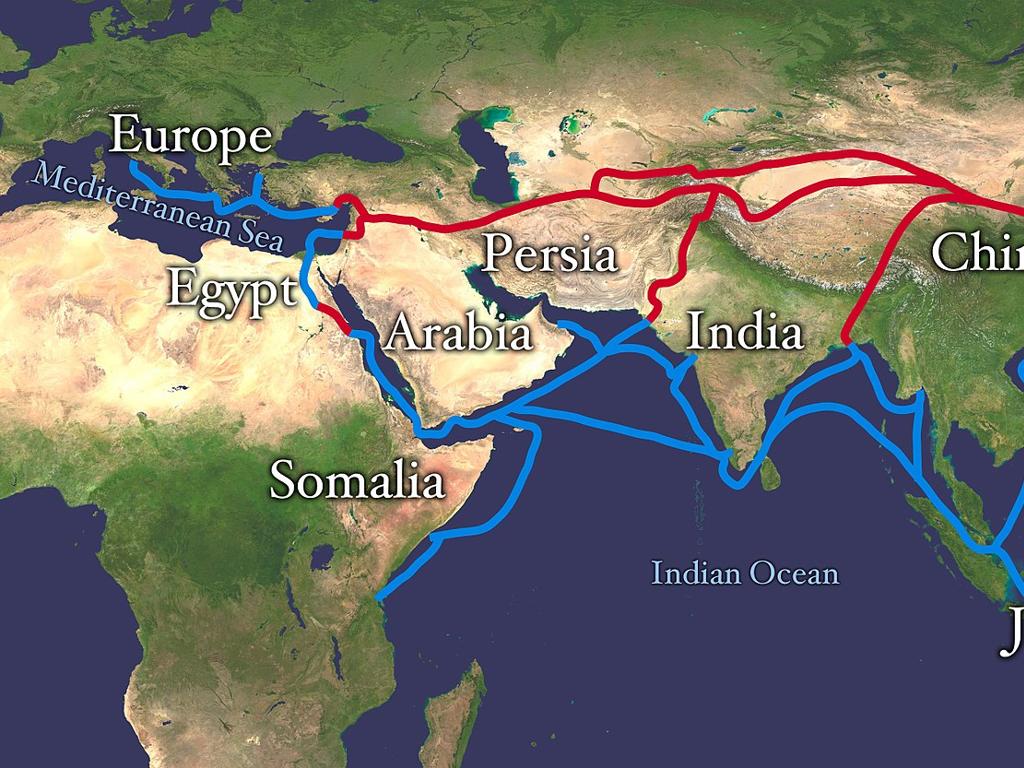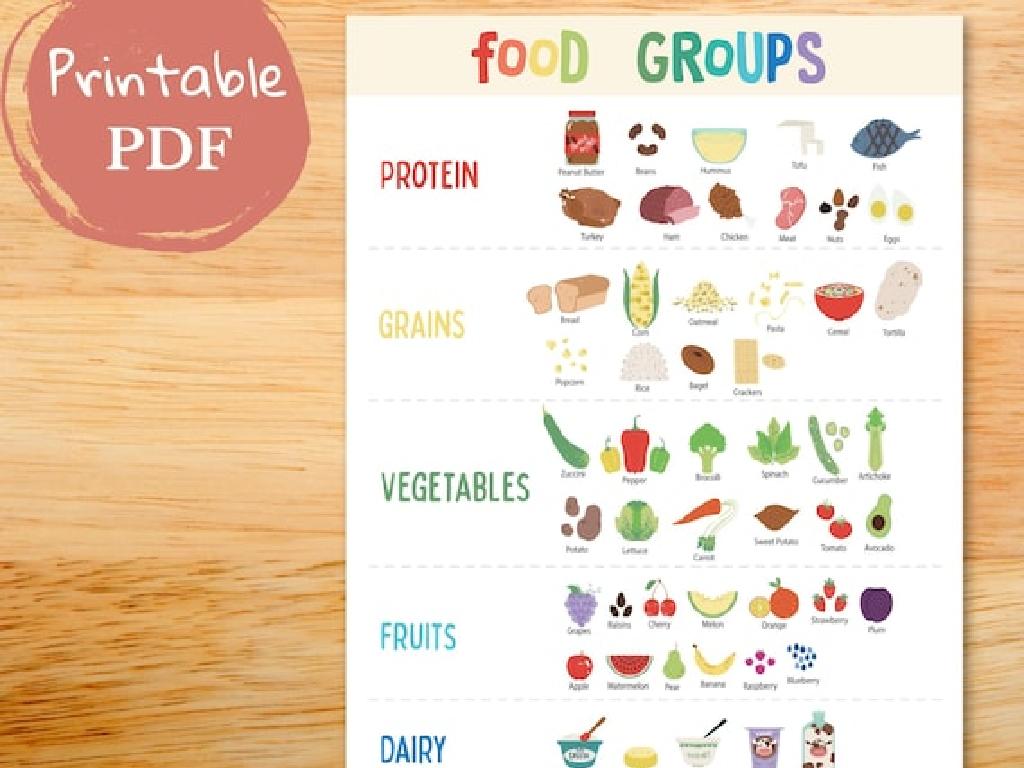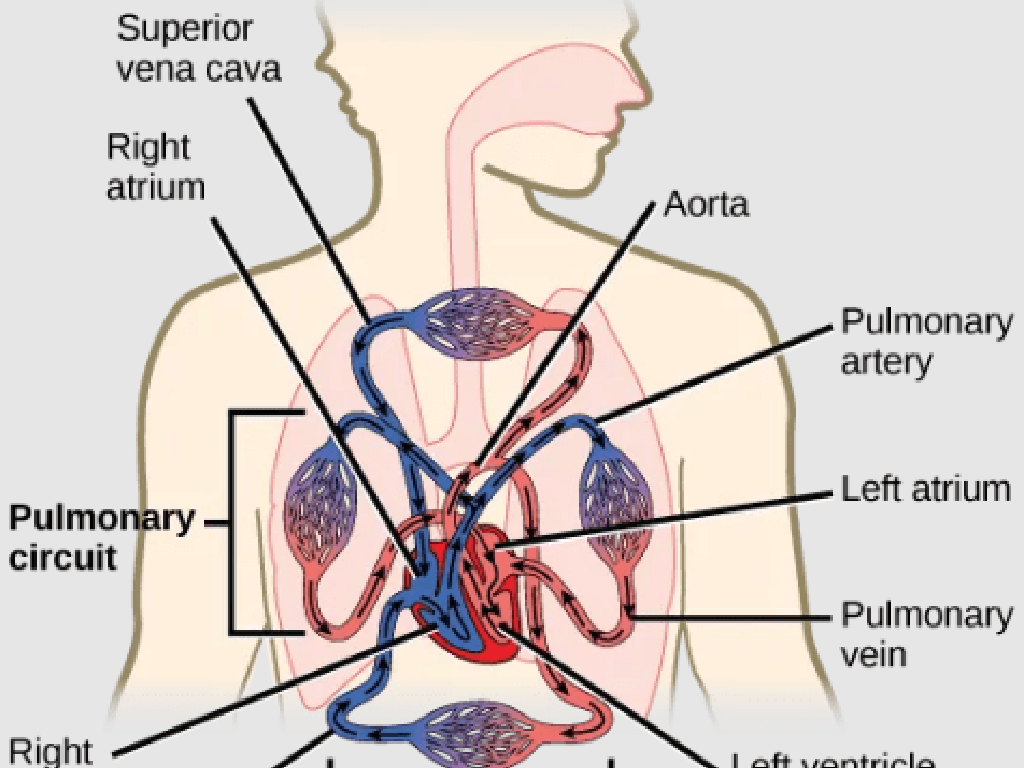Identify And Compare Air Masses
Subject: Science
Grade: Eighth grade
Topic: Weather And Climate
Please LOG IN to download the presentation. Access is available to registered users only.
View More Content
Air Masses: Building Blocks of Weather
– What is an air mass?
– A large body of air with uniform temperature and humidity
– Characteristics of air masses
– Temperature and humidity are key traits
– Types of air masses
– Polar, tropical, maritime, continental
– Impact on weather patterns
– They dictate precipitation and temperature changes
|
This slide introduces the concept of air masses and their role in weather and climate. An air mass is a large volume of air defined by its temperature and moisture content. The characteristics of an air mass are determined by the region over which it forms. There are four main types of air masses: polar, tropical, maritime, and continental, each affecting weather differently. For example, maritime air masses are moist, while continental ones are dry. Understanding these will help students grasp how air masses influence weather patterns, including the formation of storms and the changes in temperature and humidity. Encourage students to think about the air masses that might affect their local weather and to be prepared to discuss this in the next class.
Exploring Air Masses
– Define an Air Mass
– A large body of air with uniform temperature and humidity
– Characteristics of Air Masses
– They can be cold or warm, humid or dry, depending on their source region
– Formation of Air Masses
– They form over large surfaces with consistent properties
– Impact on Weather
|
An air mass is a large body of air that has uniform temperature and humidity at any given altitude. When discussing characteristics, emphasize that the temperature and humidity of an air mass are influenced by the surface over which it forms, known as the source region. For example, air masses that form over oceans are moist, while those that form over deserts are dry. Explain the formation by describing how air masses acquire the characteristics of their source region if the air remains over that region long enough. Discuss how the movement of air masses affects weather patterns, leading to clear skies or storms when different air masses interact. Encourage students to think about the types of air masses that might affect their local weather.
Types of Air Masses
– Tropical vs. Polar Air Masses
– Tropical: warm, Polar: cold
– Maritime vs. Continental Air Masses
– Maritime: moist, Continental: dry
– Global Examples
– Sahara Desert: Continental Tropical, Arctic: Polar Maritime
– Comparing Characteristics
– Temperature, humidity, and origin affect weather patterns
|
This slide introduces students to the concept of air masses and their classifications based on temperature and moisture content. Tropical air masses are warm as they originate near the equator, while polar air masses are cold, coming from the poles. Maritime air masses form over water, making them moist, whereas continental air masses form over land and are dry. Provide real-world examples like the hot, dry air over the Sahara Desert (Continental Tropical) and the cold, moist air over the Arctic (Polar Maritime). Discuss how these different types of air masses can influence the weather patterns we experience. Encourage students to think about local weather and what type of air mass might be influencing it.
Comparing Air Masses
– Temperature variance in air masses
– Air masses differ; polar regions are cold, tropics are warm.
– Humidity’s role in differentiation
– Humidity varies; maritime air masses are moist, continental are dry.
– Location’s impact on air masses
– Geography shapes air masses; land and sea origin matters.
– Influence on weather patterns
– Air mass interactions can lead to various weather phenomena.
|
This slide aims to explain the concept of air masses and their characteristics, which are crucial for understanding weather patterns. Temperature and humidity are key factors that differentiate air masses. For instance, air masses originating from polar regions are typically cold, while those from the tropics are warm. Humidity levels also vary, with maritime air masses holding more moisture compared to continental ones. The location where an air mass forms whether over land or water greatly influences its properties. When different air masses meet, their interaction can result in a range of weather conditions, from clear skies to storms. Encourage students to think about how these differences in air masses can affect the weather they experience daily.
Air Masses in Motion: Understanding Fronts
– Air masses and their movement
– Large bodies of air that move as a unit across regions
– Fronts: Meeting of different air masses
– Fronts are boundaries between air masses with different temperatures and humidity
– Weather changes caused by fronts
– Temperature, wind, and precipitation change at fronts
– Predicting weather with fronts
– Using fronts to forecast local weather conditions
|
This slide aims to explain the dynamics of air masses and how their interaction at fronts leads to various weather conditions. Students should understand that air masses are huge chunks of air with uniform temperature and humidity that move across the earth’s surface. When these air masses meet, they form fronts, which are the leading edges of an air mass. The type of front (cold, warm, stationary, or occluded) affects the weather experienced in an area, often bringing changes in temperature, wind patterns, and precipitation. By studying these fronts, meteorologists can predict weather patterns and help prepare for upcoming weather events. Encourage students to think about recent weather changes they’ve experienced and discuss whether a front might have been the cause.
Air Masses and Weather Prediction
– Understanding weather maps
– Maps show air mass movement, fronts, and pressure systems.
– Using air masses to predict weather
– Different air masses affect temperature, humidity, and weather patterns.
– Case study: Storm forecasting
– Analyze how air masses contributed to a specific storm’s development.
|
This slide introduces students to the concept of using air masses to predict weather patterns, including storms. Begin by explaining how to read a weather map, pointing out symbols that represent different air masses, fronts, and pressure systems. Discuss how the characteristics of air masses, such as their temperature and humidity, influence the weather. For the case study, choose a historical storm and break down the role various air masses played in its formation and progression. This will help students understand the practical application of this knowledge in real-world weather forecasting. Encourage students to think critically about the information presented and ask questions about the case study.
Class Activity: Air Masses in Action
– Create your own weather map
– Use a blank map and symbols to represent different air masses
– Identify and label air masses
– Look for characteristics like temperature and humidity to classify
– Predict tomorrow’s weather
– Based on air masses’ interaction, forecast the weather
|
This activity is designed to apply students’ knowledge of air masses to real-world scenarios. Provide students with blank maps and a set of symbols to represent various air masses (e.g., maritime tropical, continental polar). Guide them to identify and label the air masses based on their characteristics, such as temperature and humidity. Then, have them predict the weather for the following day, considering factors like air mass movement and fronts. This exercise will help students understand the dynamics of weather forecasting. Possible variations of the activity could include group work for map creation, individual predictions to compare and contrast, or even a creative writing piece describing the expected weather conditions.






